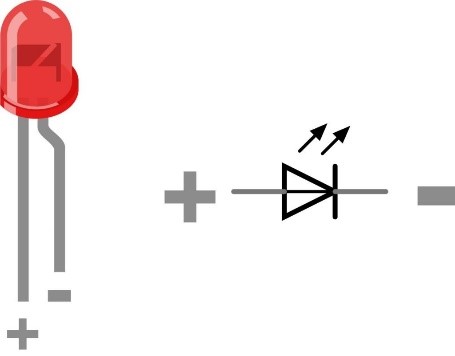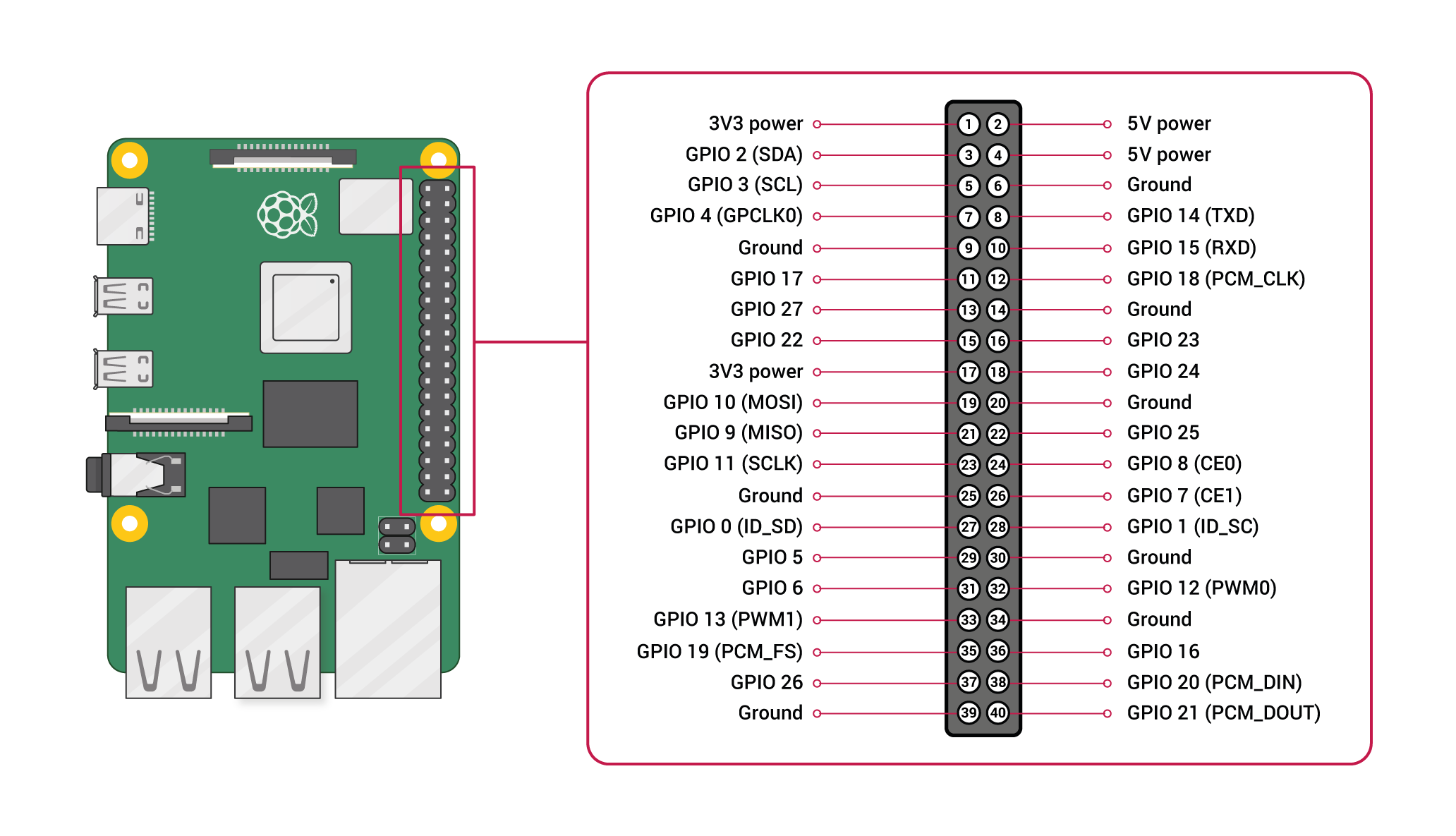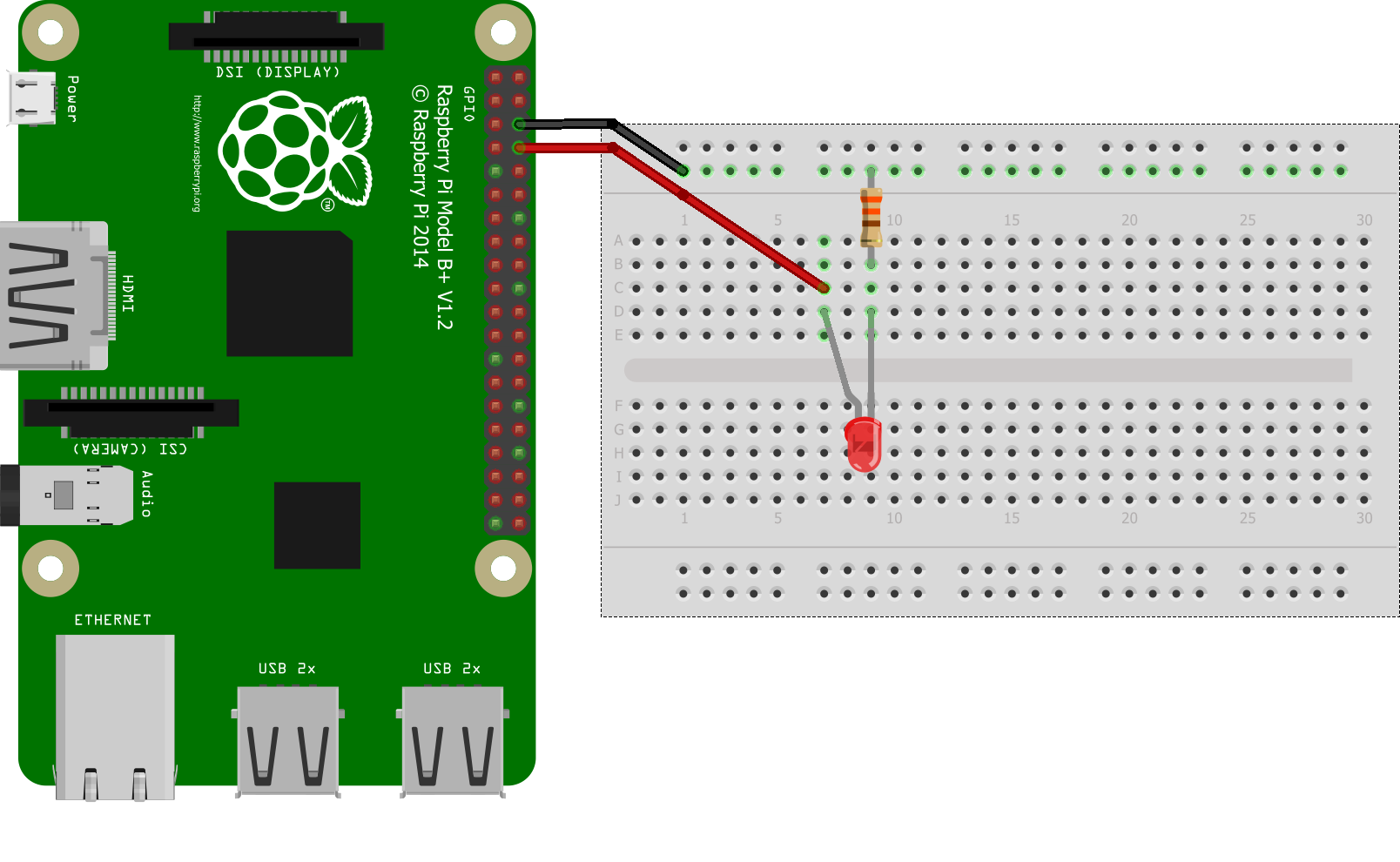LED:

Application:
Raspberry Pi:

Pin configuration:
1. Vin: Two 5v pins and two 3v3 pins used for providing power supply, where processor works on 3.3v.

import RPi.GPIO as GPIO import time GPIO.setmode(GPIO.BOARD) GPIO.setup(8, GPIO.OUT) while True: GPIO.OUTPUT(8, GPIO.HIGH) time.sleep(1) GPIO.OUTPUT(8, GPIO.LOW) time.sleep(1)
